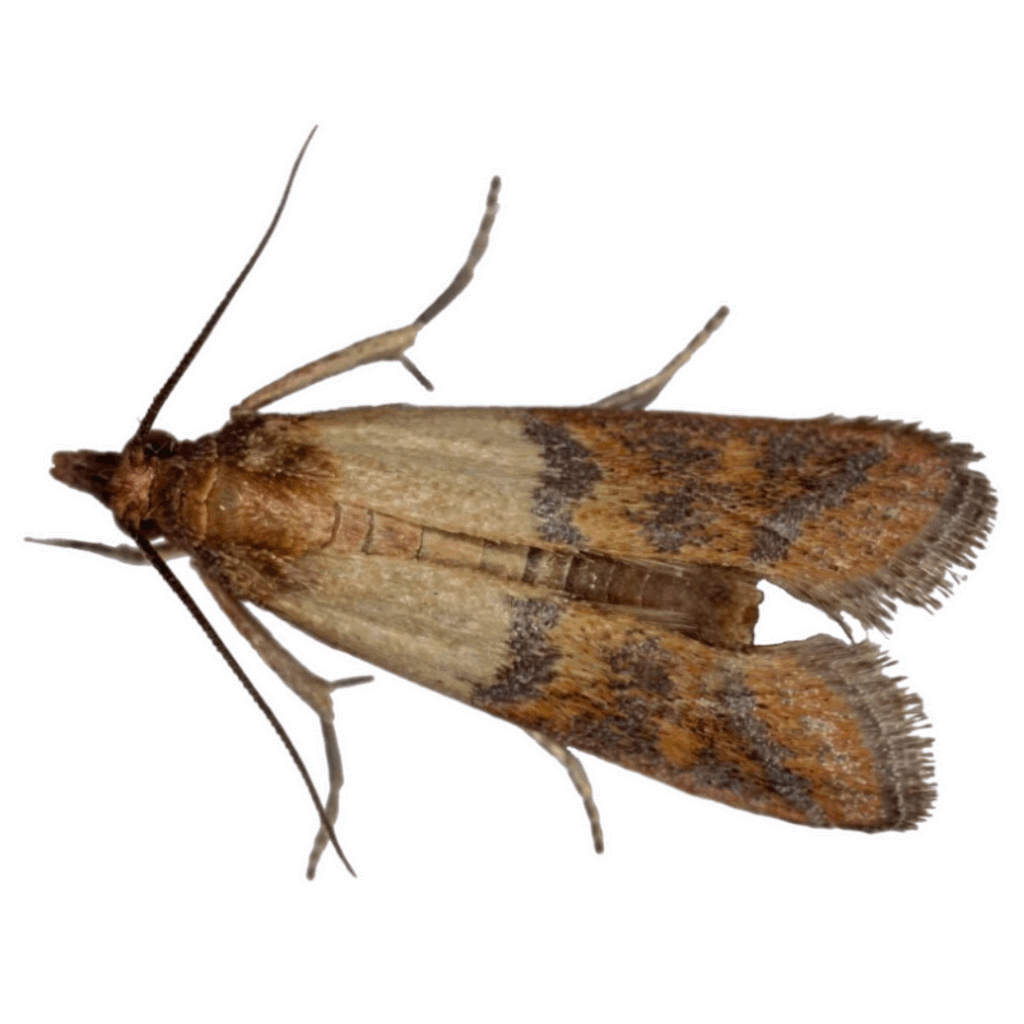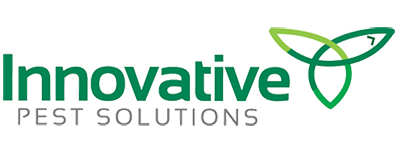- Home
- Pest Control
- Insects
- Ants
Moth Pest Control Services
Innovative Pest Solutions can rid your home or business of a moth infestation by sending our expert technicians to the rescue.
How Do You Get Rid of Moths in Your Home?
By the time you notice moths in your home, an infestation has usually already started. Moths fall into two main categories: food-eating moths and fabric-eating moths. Food moths, such as the destructive Indian Meal Moth, often infest pantries and kitchen cabinets, targeting grains, cereals, flour, pasta, and pet food. A single female can lay up to 300 eggs, leading to rapid growth of larvae that blend in with stored food. Storing items in airtight containers is one of the best preventative measures, but once an infestation begins, professional treatment is the fastest and most reliable solution.
Fabric-eating moths, including Webbing Moths and Casemaking Moths, prefer closets and storage areas. Though small and rarely seen, their damage becomes obvious when holes appear in clothing, upholstery, or stored fabrics. Because moths are discreet and reproduce quickly, their presence can go unnoticed until significant damage has already occurred. A pest control specialist can identify the type of moth, eliminate the infestation, and provide recommendations to protect your home from future issues.
- Pantry moth infestations
- Fabric moth damage
- Rapid moth reproduction
- Professional moth control
The Latest.
Radioactive wasp nests have been found near former nuclear weapons production site…

Testimonial
Here’s what our pest control customers say
From ant invasions to termite troubles, our customers trust us to protect their homes and families. Here’s what they have to say about our safe, effective, and reliable pest control services.
Why Choose Us
Experienced pest management backed by strong values.
At Innovative Pest Solutions, we believe excellence starts with values. Guided by servant leadership, decades of experience, and certified training, we deliver safe, effective, and environmentally responsible pest management for homes and industries.
Faith & Integrity
We lead with Christian values and servant leadership—treating every client with honesty, respect, and care.
Health & Protection
Our services safeguard public health by preventing pests that spread asthma triggers and diseases like Typhoid and West Nile virus.
Team & Family
We foster a culture of teamwork, quality, and balance—treating every property like our own and supporting our people like family.
Certified Expertise
Over 60 years of combined experience and full regulatory certifications ensure safe, proven solutions for any pest challenge.
Tell Me About Moth Behavior
What Should You Know About Moth Behavior?
Moths are discreet pests that thrive in dark, undisturbed areas where food or fabric is readily available. Pantry moths, like the Indian Meal Moth, lay hundreds of eggs directly in stored grains, cereals, and pet food, allowing larvae to feed unnoticed until the infestation is advanced. Fabric moths, such as the Webbing Moth and Casemaking Moth, prefer closets, attics, and storage spaces, where they feed on natural fibers like wool, silk, and cotton. Because moths are small and their larvae often blend in with their food or fabric, infestations often go undetected until damage becomes obvious—making early detection and professional treatment essential.

Common Questions
Frequently Asked Questions
Moths Control FAQs
Moths are drawn to food sources like grains, flour, cereal, and pet food, as well as natural fabrics such as wool, silk, and cotton. Dark, undisturbed storage areas provide the ideal environment for them to thrive.
No. Moths do not bite or sting. The damage comes from their larvae, which feed on stored food or natural fibers in clothing, carpets, and upholstery.
Signs include small holes in clothing or fabrics, webbing in food packages, and spotting adult moths near pantries or closets. Pantry moth larvae often resemble tiny worms in dried foods.
While moths themselves aren’t harmful, pantry moths can contaminate food with eggs and larvae, making it unsafe to eat. Fabric moths damage valuable items, causing costly replacements.
The most effective method is professional moth control, which includes identifying the type of moth, treating infested areas, and providing prevention strategies such as airtight storage and routine inspections.
